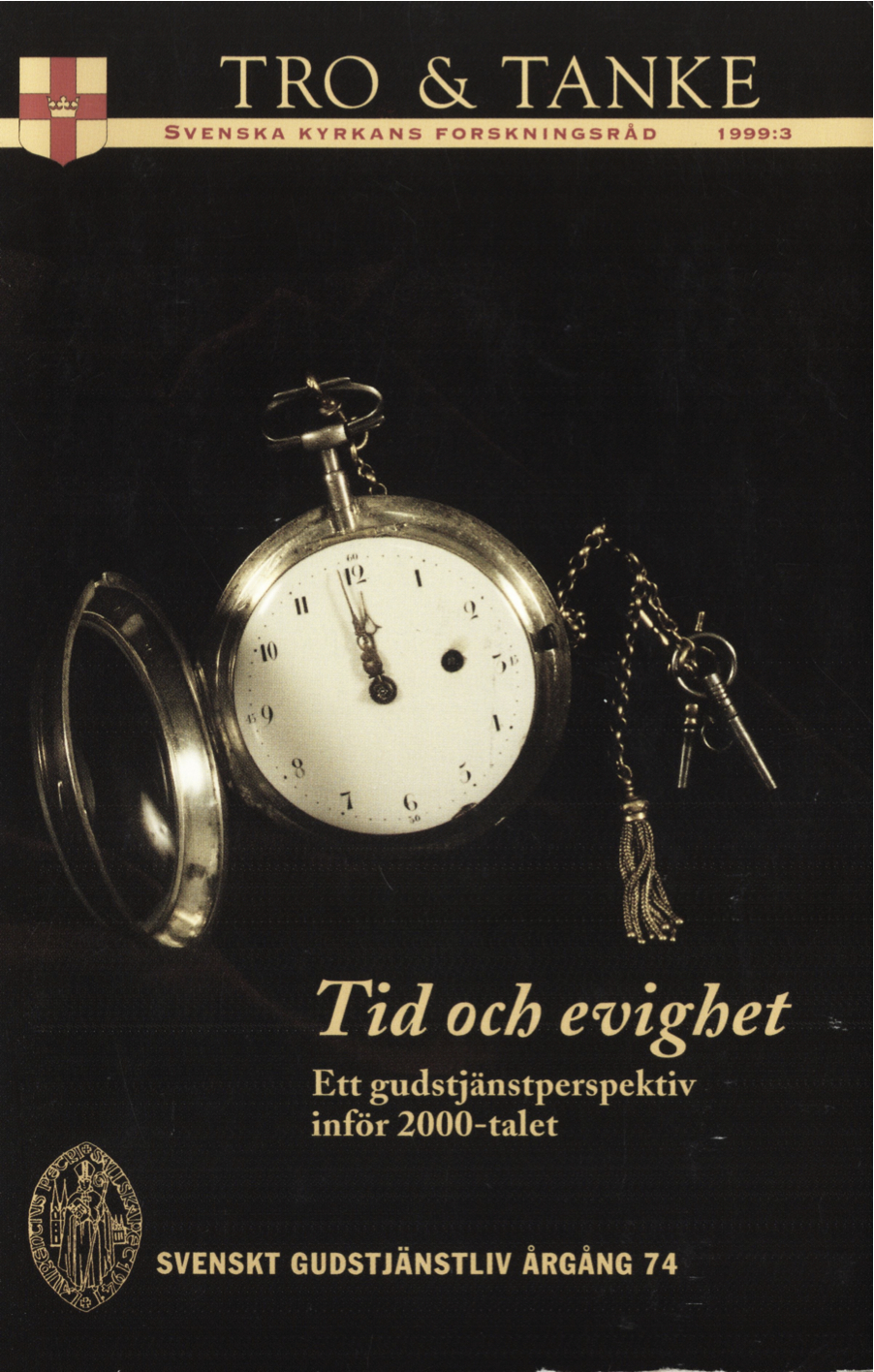”Den yttersta pessimism” och ”den yttersta optimism” Gudstjänsterna vid sekelskiftet 1899-1900 i Göteborg och Stockholm i deras historiska miljö
Abstract
The Outmost Pessimism, and the Outmost Optimism. A Brief Study of the Midnight Services at the Turn of the Century 1899-1900 in Gothenburg and Stockholm, in an Historical Context.
Due to a Royal command, the beginning of the 20th century was to be celebrated by bell-ringing in the Swedish churches at midnight, 1 January 1900. This was the answer to the discussion whether the new century would begin in 1900 or in 1901. In the bigger cities, and in some places in the countryside as well, midnight services were arranged for this celebration.
This was, in Gothenburg, the first event when it was socially accepted for large crowds to be out at midnight, while it had been the case as early as the King’s Jubilee in 1897 in Stockholm. In Gothenburg the services began at 11.30 p.m. They provided a sermon and but a short, simple liturgy. In Stockholm, the services were more liturgically elaborated, with short sermons or meditations; in one church the service even began at 11.00 p.m. The elaborated liturgies had psalms, responses, hymns, and prayers in a vesper-like order. All churches and chapels were crowded, probably with people who did not normally attend Church services. Due to a special papal decree, midnight Masses were celebrated in the Roman Catholic Churches. As New Year’s Eve was a Sunday, the midnight Service was not the first, but sometimes (as in the Gothenburg Cathedral) the fourth service of the day with a sermon.
The sermons were usually eschatological, with historical and personal applications. In Gothenburg, at least three different sermons were preached on Heb. 13,8. An exception (in Stockholm) was the leader of the Swedish Mission Covenant, P. Waldenström, who preached without the slightest reference to the actual context, thus transforming eschatology into a personal, moral teaching.
The observations of a stiff mentality among ordinary people in Gothenburg—in contrast to the lighter one in Stockholm—show that modern mentality is there of a later origin, as is the dialect. The combination and harmonization of the outmost pessimism and the outmost optimism was significant for everything at the time.
Downloads
Published
Issue
Section
License
© the authors, Laurentius Petri Sällskapet för Svenskt Gudstjänstliv and Artos & Norma Bokförlag. Copying and using material from Svenskt Gudstjänstliv for scholarly purposes is permitted as long as the source is indicated. For other uses, please contact the respective author as well as the publisher. Special restrictions may apply to images.


